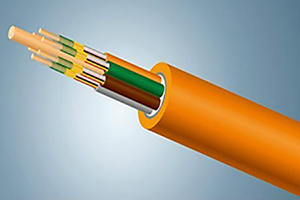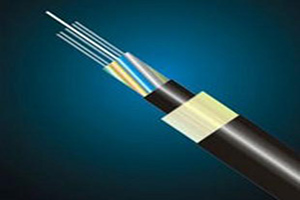Optical fiber cable faults, which are caused by blocking of optical fiber cables formed by factors such as external factors or optical fibers themselves, interrupt communication services. Fiber optic cable blockage does not always incur business infixes, and the failures that result in service infixes are handled in the order in which they were repaired. They do not affect the services that do not constitute failures and are handled in cutover order.
Optical cable fault classification
Cable is completely broken
(1) Assume that there are reservations on both sides of the site, take a centralized reservation, and add a joint;
(2) There are joints near the fault point and the site has enough reserves, take the reserved, use the original joints to deal with;
Partial fiber infix
(1) The repair is based on the premise that it does not affect other in-use optical fibers. It is recommended to use the open skylight connection method to stop the faulty optical fiber repair.
Analysis of Causes of Failure of Optical Cables
Line failure caused by external factors
( 2 ) External force digging: Disposal of digging machine excavation faults, pipeline optical fiber cable due to turning around the failure point of human hand wells can reflect whether the cable can be damaged in the manhole, and two-way test in the patch cable
( 3 ) When the vehicle is hung up: When the vehicle is connected to a fault, it is necessary to first stop the bidirectional test of the optical cable at the fault point, confirm the number of optical fiber cable blocks, and then handle it in a targeted manner.
( 4 ) Shooting: This type of failure does not normally cause damage to all optical fibers, but to parts of the cable or the optical fiber, but it is difficult to find such faults.
The fault of the line formed by the fiber itself
(1) Natural fiber cut: Since the optical fiber is drawn from glass or plastic fiber, it is relatively fragile. Over time, static fatigue may occur, and the fiber gradually ages and naturally breaks the fiber.
(2) Influence of ambient temperature: If the temperature is too low, it will lead to water freezing in the joint box, the longitudinal shrinkage of the cable sheath, and the pressure on the optical fiber will increase the attenuation or increase the attenuation of the fiber.
People as an element caused by line failure
(1) Workers' Obstacles: Man-made failures caused by technicians during maintenance, installation, and other activities.
(2) Stealing: Criminals steal fiber optic cables and block the cable.
(3) Destruction: Man-made intentional destruction constitutes the blocking of the optical cable.
Line failure due to natural disasters
Rat bites and beaks, fire, flood, wind, ice, lightning, electric shock
Optical cable fault handling
(1) There is a full-impedance fault in the same route where the optical fiber can be replaced. The on-duty personnel in the engine room should, in the first instance, follow the contingency plan and use other good fiber-relays to block the services on the fiber, and then repair the failed fiber as soon as possible.
(2) There is no full-faulty fiber-optic fault, and the emergency repair plan is used to implement the direct repair suspension of the pass-through or obstruction point, and the preemption or repair should comply with the criteria of “first important circuit, second minor circuitâ€.
(3) The cable is not completely resistive and there is a surplus of fiber available. Use empty fiber cores or other optical fiber cables to route the services on the failed fiber core.
(4) Non-full impedance of the optical cable, no remaining optical fiber or the same routing optical cable. Assuming that the blocked optical fiber is an important circuit, other non-essential circuits are used to block the optical fiber on behalf of the others, and the emergency repair of the failed core is terminated by a cutover without cutover.
(5) The transmission quality is not shaken, and the system is good or bad. Assuming that there is a spare core or other routed fiber optic cable that can be replaced, the service on this fiber can be transferred to other fibers.
PVC RESIN SG5
In terms of building materials, industrial products, daily necessities, floor leather, floor tiles, artificial leather, pipes, wires and cables, packaging films, bottles, foaming materials, sealing materials, and fibers, PVC was the world`s largest production of general-purpose plastics, and its applications are very widely. Widely used in all aspects.
PVC is a white powder with an amorphous structure. The degree of branching is relatively small. The relative density is about 1.4. The glass transition temperature is 77~90°C. It begins to decompose at about 170°C. It has poor stability to light and heat. After prolonged exposure to sunlight, it will decompose to produce hydrogen chloride, and further automatically catalyze the decomposition, causing discoloration, and the physical and mechanical properties also rapidly decline. In actual applications, stabilizers must be added to improve the stability of heat and light.
the Degree of polymerization of SG5 is 1000. usually we also call PVC Resin S1000. Its K-value is K67.

